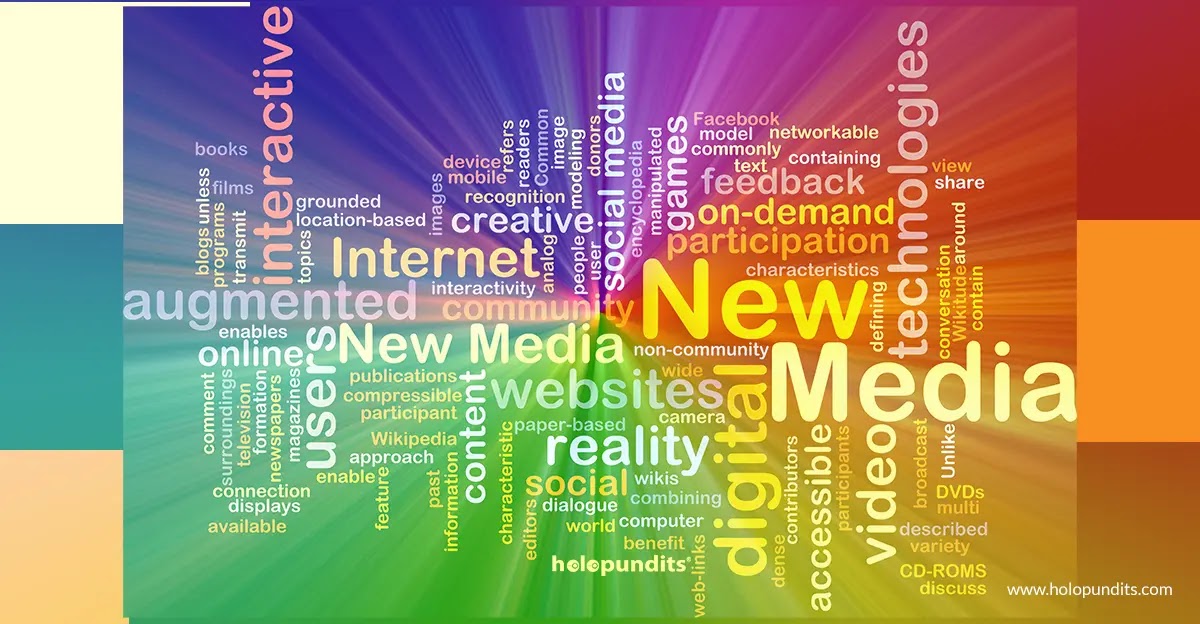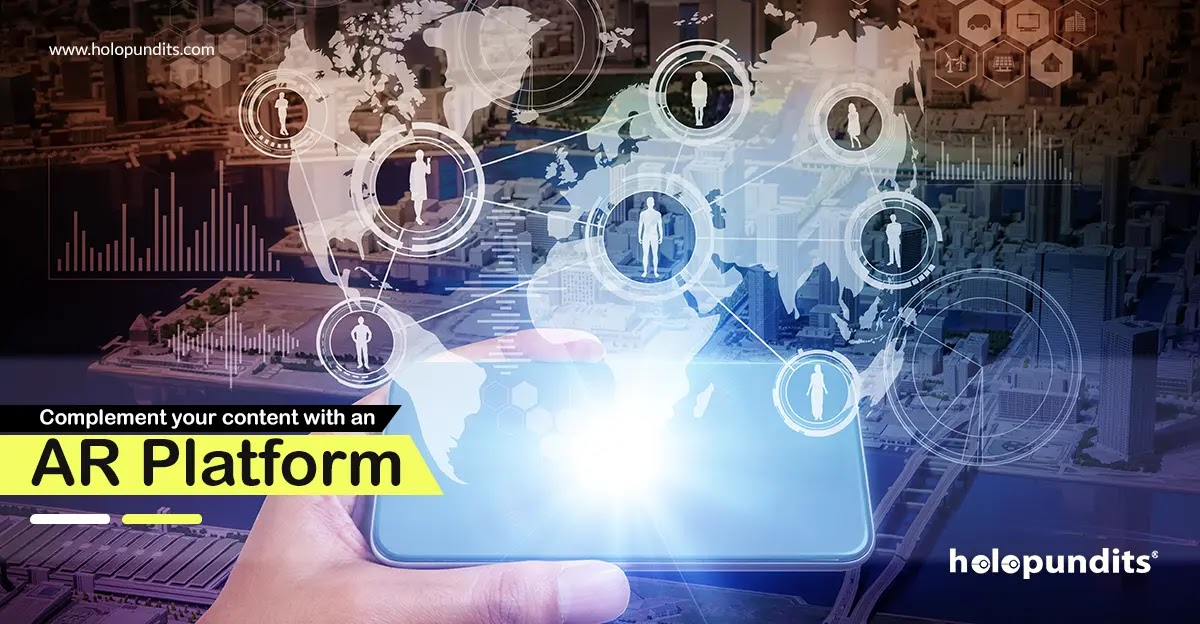Traditionally, the content delivery mechanisms have come a long way from short messaging services to rich media-filled email newsletters, videos, and webinars. Today's end users want to consume information in the form of on-demand content. In other words, users demand content that is relevant to them and are willing to pay attention to such relevant and enriching information. For enterprises and content managers, the biggest pain point lies in creating a content delivery mechanism, which will connect the content creators with their targeted end users. The situation has many facets as listed below:
1. Facilitating easy but powerful content creation
An AR platform has a content management system at the backend, which allows users to mix and match content and serve targeted users. Administrators can restrict privileges to users to view or create assets and this will allow easy content generation. Any asset is tagged for future reference. Coupled with Augmented Reality markers, content can be transformed into rich and engaging content. Augmented Reality allows superimposing digital information on top of real-world information. The resultant content provides enhanced information to the user based on their geography, preferences, and earlier behavior patterns.
2. Enabling content reusability
Since all content assets
are tagged, they can be reused or mapped as per situational demands. Based on AR markers and analytics, content can be repurposed or re-served to any specific target audience until it creates the desired behavioral output in the consumers' minds. Instead of creating a content workflow every time, the same content is used as and when needed.
3. Mapping specific end users with niche content
An AR platform allows the content campaign manager to map users based on their geography or time. As users tend to be from different backgrounds, content can be tailored to suit their individual persona. So, a user from Asia would get to see different content than their American counterparts. This is very important from a Go-To-Market perspective where one size does not fit all.
4. Delivering rich content based on pre-determined rules
Love them or hate them - but rules make our world go round. Similar to how we have rule-based behaviors in the real world (Example: Traffic rules), the content world also has its own rules. Users tend to make emotional decisions more than rational ones. Advertising and Marketing revolve around striking a balance between providing just enough information to help the user educate themselves around the product and emotionally tying their brand in their users' minds to facilitate Top-of-the-mind-awareness (TOMA). Having predetermined rules like, if a user has viewed X number of ads, then serve Y and Z variants would help reinforce their branding and messaging strategy accordingly.
5. Measuring content delivery and providing feedback
An AR platform proffers an end-to-end analytical dashboard as part of the product, providing critical insights on content consumption patterns to the campaign managers. This assumes paramount importance as the marketing industry has twin purposes of branding and advertising. While branding-based AR campaigns help reinforce the brand's identity on the users' minds, advertising-based AR campaigns help provide enough information and assist the users to buy what is relevant for them. Having a comprehensive AR platform will serve both these purposes.
Conclusion
If you have read this far, you now know some of the most compelling reasons why having
an AR platform would complete one's content strategy in today's digital-first scenario. Would you like to know more on how people consume and interact with your content?






